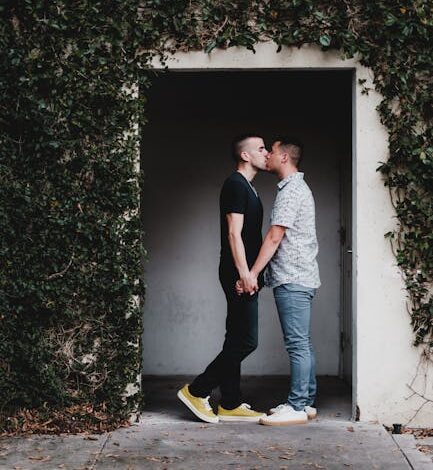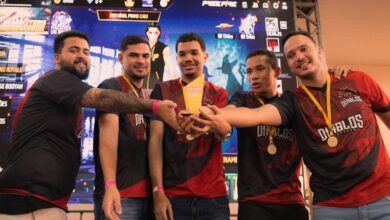Fabio Paratici’s Journey Back: Experience, Network, and a Touch of Controversy

In the high-stakes world of Premier League football, behind every goal and every triumph, there’s an intricate web of strategic decisions being made off the pitch. Sometimes, it’s these backroom moves that truly dictate a club’s trajectory. So, when Tottenham Hotspur confirmed the official return of Fabio Paratici, not just as a consultant, but in a formal capacity alongside Johan Lange as co-sporting directors, it sent a clear signal. But what truly amplified the intrigue was the immediate, enthusiastic endorsement from none other than Brentford head coach Thomas Frank, who boldly declared them “the perfect match.”
For a rival manager, especially one known for his astute understanding of football operations, to offer such high praise isn’t just a polite nod; it’s a profound statement. It speaks to a perceived synergy and a potential for success that few in football would overlook. Frank’s words aren’t just headlines; they’re an insight into how other professionals view Tottenham’s evolving leadership structure. Let’s unpack why this return, and this particular pairing, might indeed be the strategic coup Tottenham has been searching for.
Fabio Paratici’s Journey Back: Experience, Network, and a Touch of Controversy
Fabio Paratici is a name synonymous with ambition and significant player movement. His tenure at Juventus, marked by multiple Serie A titles and audacious transfer dealings, cemented his reputation as a shrewd operator with an unparalleled network. He joined Spurs initially as managing director of football in 2021, orchestrating a period of significant squad overhaul, including the arrivals of Cristian Romero, Dejan Kulusevski, and Rodrigo Bentancur – all players who quickly became integral to the squad.
However, his journey hit a snag. Due to his involvement in financial irregularities during his time at Juventus, Paratici faced a worldwide ban from football activities. Tottenham, initially standing by him, eventually accepted his resignation from his official role in April 2023. Yet, the club’s continued reliance on his expertise, even in a consultancy capacity, spoke volumes about the value they placed on his contributions. It’s rare for someone to step back from an official role under such circumstances only to be formally reintegrated. This move isn’t just a reinstatement; it’s a testament to Tottenham’s conviction that his insights are indispensable, and that his undeniable talent outweighs the past controversies in their long-term vision.
What Paratici brings to the table is not just experience; it’s a certain way of operating. He’s known for his decisive approach, his deep understanding of the European transfer market, and his ability to navigate complex negotiations. In a club that has, at times, been accused of being too cautious or slow in the market, Paratici offers a more aggressive, results-oriented methodology. His return suggests a deliberate choice by Tottenham to re-embrace a proactive, high-level recruitment strategy.
The ‘Perfect Match’: Synergy in Co-Sporting Directorship
Thomas Frank’s declaration of a “perfect match” isn’t merely about two individuals; it’s about the strategic advantage of a dual-director model. In modern football, the demands on a single sporting director are immense. From scouting and recruitment to contract negotiations, academy integration, and maintaining club philosophy, it’s a sprawling portfolio. Splitting this colossal responsibility into a co-sporting director role, especially with complementary skill sets, can be a masterstroke.
Johan Lange, previously Aston Villa’s sporting director, is known for his analytical approach, data-driven recruitment, and methodical identification of talent. He has a track record of building squads with a keen eye for value and potential. Pairing this with Paratici’s more expansive, network-heavy, and high-level negotiation prowess creates a fascinating dynamic. Imagine Lange’s team meticulously identifying a target through advanced metrics and extensive scouting reports, followed by Paratici leveraging his connections and negotiating expertise to close the deal.
Complementary Skill Sets for a Holistic Strategy
This division of labor allows for a deeper dive into specific areas. Lange can focus on optimizing the scouting department, integrating data analytics, and perhaps overseeing the academy-to-first-team pathway with a meticulous eye. Paratici, on the other hand, can concentrate on high-level strategic planning, cultivating relationships with agents and other clubs, and executing the big-ticket transfers that require a seasoned hand at the negotiating table. It’s like having two expert chess players, each specializing in different phases of the game, working in tandem against a single, formidable opponent.
This setup also offers a layer of redundancy and a broader perspective in decision-making. Two heads are often better than one, particularly when those heads bring different but equally valuable perspectives to the table. It could lead to more robust, thoroughly vetted transfer decisions, reducing the likelihood of costly mistakes and ensuring a more balanced squad construction that caters to both immediate needs and long-term vision. For Tottenham, a club often criticized for its transfer market inefficiencies in the past, this could be a transformative shift.
The Coach’s Perspective: Why Frank Sees Potential
Thomas Frank’s endorsement is particularly insightful because he understands the intricate relationship between the coaching staff and the sporting directors. A harmonious and effective front office is crucial for a head coach’s success. When Frank speaks of a “perfect match,” he’s likely envisioning a scenario where the footballing vision from the dugout is seamlessly translated into actionable strategies in the transfer market.
Effective sporting directors don’t just sign players; they sign the *right* players for the coach’s system and the club’s philosophy. They anticipate needs, identify profiles, and ensure that the incoming talent elevates the existing squad. For a coach like Ange Postecoglou, who has a very specific style of play, having two highly competent individuals dedicated to acquiring the pieces for his tactical puzzle is invaluable. It removes significant pressure from the coach, allowing him to focus on what he does best: coaching the team on the pitch.
Frank’s comment suggests that, from an outside perspective, this pairing has the potential to create a well-oiled machine. It hints at a belief that Paratici and Lange, despite their differing modus operandi, can genuinely align their efforts to serve the overarching strategic goals of Tottenham Hotspur. This kind of alignment is often the bedrock of sustained success in football, allowing the club to speak with one voice in the market and on the training ground.
A Strategic Evolution for Tottenham
Fabio Paratici’s official return to Tottenham, coupled with Johan Lange’s complementary expertise in a co-sporting director model, represents a significant evolution in the club’s administrative structure. Thomas Frank’s “perfect match” assessment highlights not just the individual qualities of Paratici and Lange, but the strategic wisdom of pairing them. It’s a move that promises a more dynamic, data-informed, and well-connected approach to squad building, aiming to provide Ange Postecoglou with the tools he needs to consistently compete at the highest level.
The success of this partnership will, of course, be measured by results on the pitch and the quality of future transfer windows. But for now, the signal is clear: Tottenham is doubling down on experience, expertise, and a collaborative leadership model to chart a course for a more formidable future. It’s a bold move, backed by external admiration, that could very well redefine the club’s strategic prowess in the competitive landscape of modern football.





